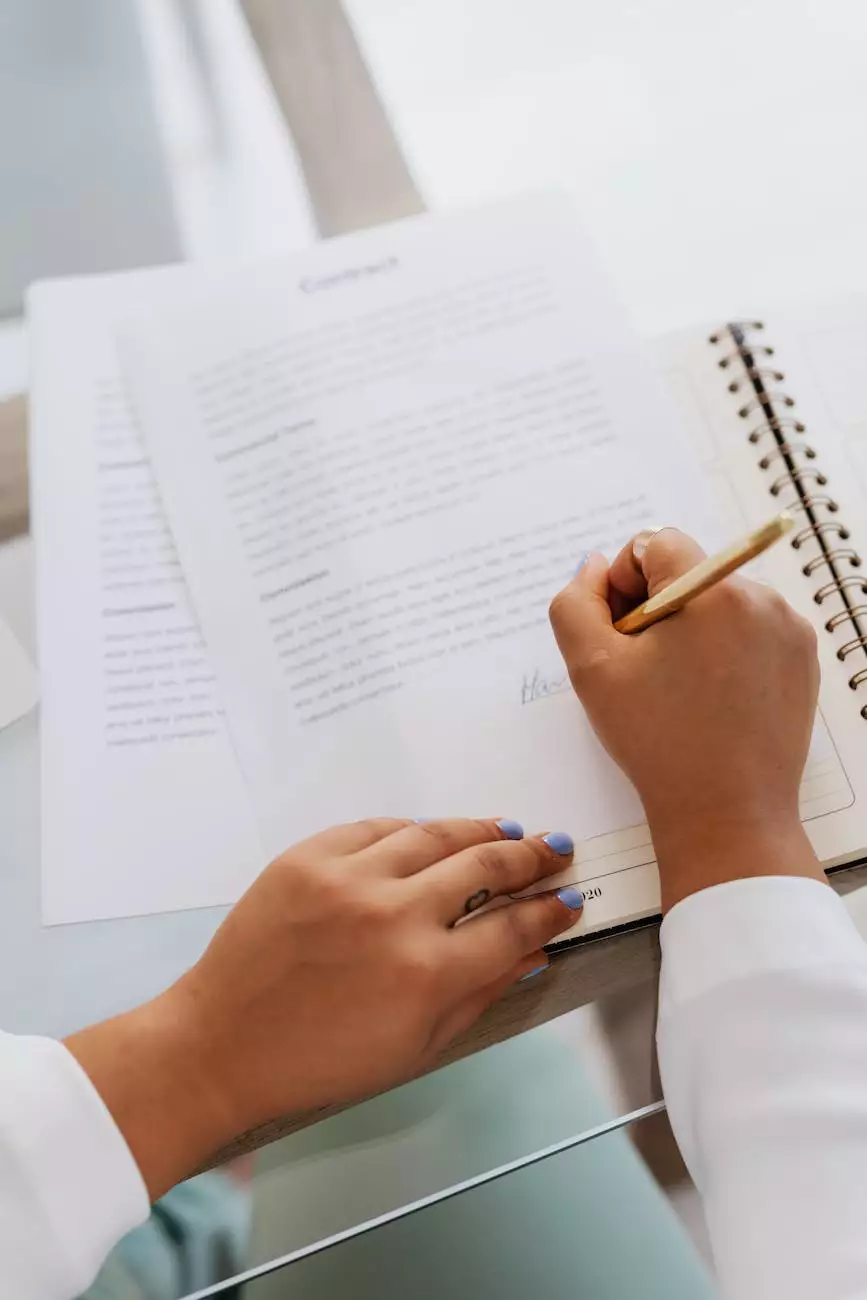How to Use Body Language to Win in Court
Court Cases
Welcome to James D Jones, your trusted partner in navigating the intricacies of the legal system. In this article, we will explore the fascinating world of body language and its profound impact on your courtroom success. With years of experience as a leading attorney, James D Jones is well-versed in the power of non-verbal cues and techniques that can make or break a case.
The Importance of Body Language in Court
The courtroom is not only a battlefield of words but also a stage for non-verbal communication. Your body language can amplify or undermine your spoken message, influencing the judge, jury, and opposing counsel. Understanding and utilizing effective body language can significantly enhance your persuasive abilities in court.
1. Confident Posture
One of the key elements of body language is posture. Maintaining a confident posture sends a powerful message, both to the judge and the jury. Stand upright or sit tall, with your shoulders back and head held high. This conveys authority, credibility, and self-assurance.
Remember to avoid slouching or crossing your arms, as it can give the impression of defensiveness or insecurity. A strong and open posture exudes confidence and commands attention.
2. Eye Contact
Eye contact is another vital aspect of body language that can establish trust, engagement, and sincerity. When speaking to the judge or jurors, maintain eye contact to create a connection and demonstrate your conviction in your arguments.
However, be mindful not to stare or make prolonged eye contact, as it may come across as aggressive or confrontational. Strike a balance by naturally shifting your gaze and acknowledging everyone in the courtroom.
3. Gestures and Facial Expressions
Your gestures and facial expressions are powerful tools to emphasize key points and convey emotions. Use deliberate and controlled hand gestures to highlight important details or to express passion and conviction.
Facial expressions also play a significant role in non-verbal communication. Smile genuinely when appropriate, showing sincerity and approachability. Maintain a composed and attentive expression throughout the proceedings, reflecting your involvement and understanding of the case.
4. Body Movements
Being mindful of your body movements can help you transmit confidence and credibility in the courtroom. Avoid fidgeting, excessive movements, or nervous habits, as they may distract or diminish your perceived professionalism.
Instead, project calmness and control through deliberate movements that enhance your arguments. Pausing momentarily before responding or making strategic movements to illustrate a point can create a lasting impact on the judge and jury.
5. Vocal Tone and Delivery
While body language primarily focuses on non-verbal cues, vocal tone and delivery also contribute to the overall impact of your courtroom performance. Speak clearly, confidently, and with appropriate modulation.
Avoid speaking too fast or too softly, as it may hinder comprehension or reduce your authority. Take deliberate pauses, emphasize key phrases, and vary your tone to maintain engagement and captivate the audience.
Conclusion
Mastering the art of body language can give you a powerful advantage in the courtroom. By harnessing the impact of confident posture, eye contact, gestures, facial expressions, body movements, and vocal tone, you can enhance your persuasive abilities and leave a lasting impression on judges and juries.
Remember, James D Jones is here to assist you every step of the way. With our expertise and comprehensive understanding of the legal system, we can help you build a strong case and effectively utilize body language to secure a favorable outcome.
Discover the difference that intentional and skillful body language can make in your legal battles. Contact James D Jones today to ensure you have the competitive edge you need to win in court.










